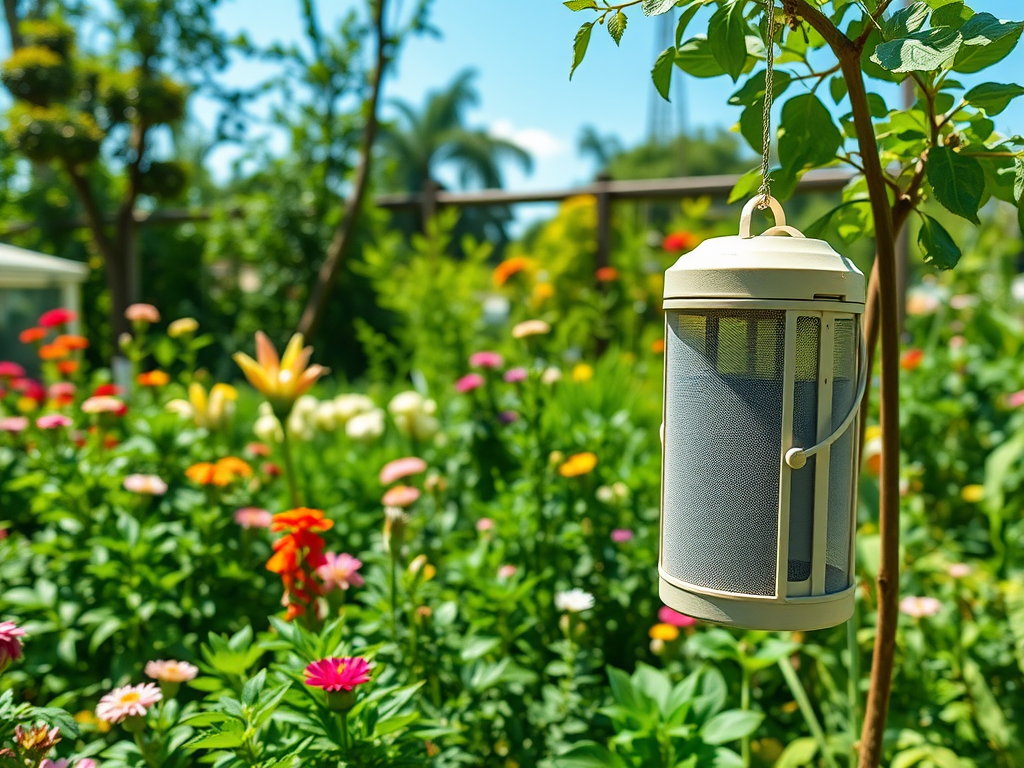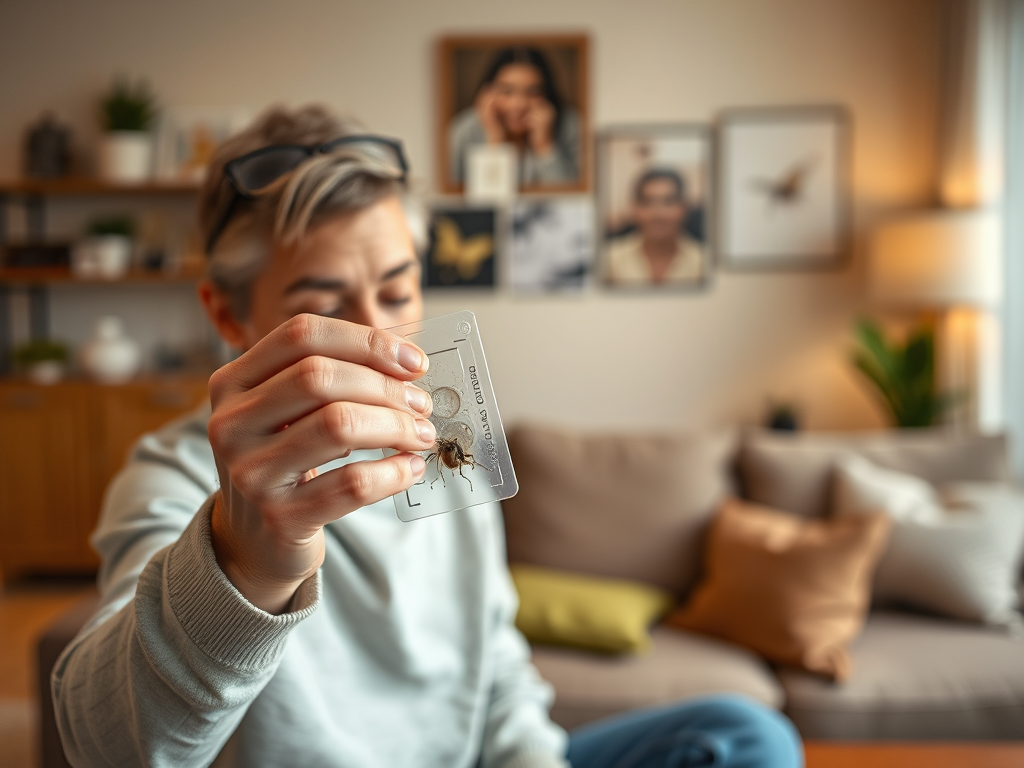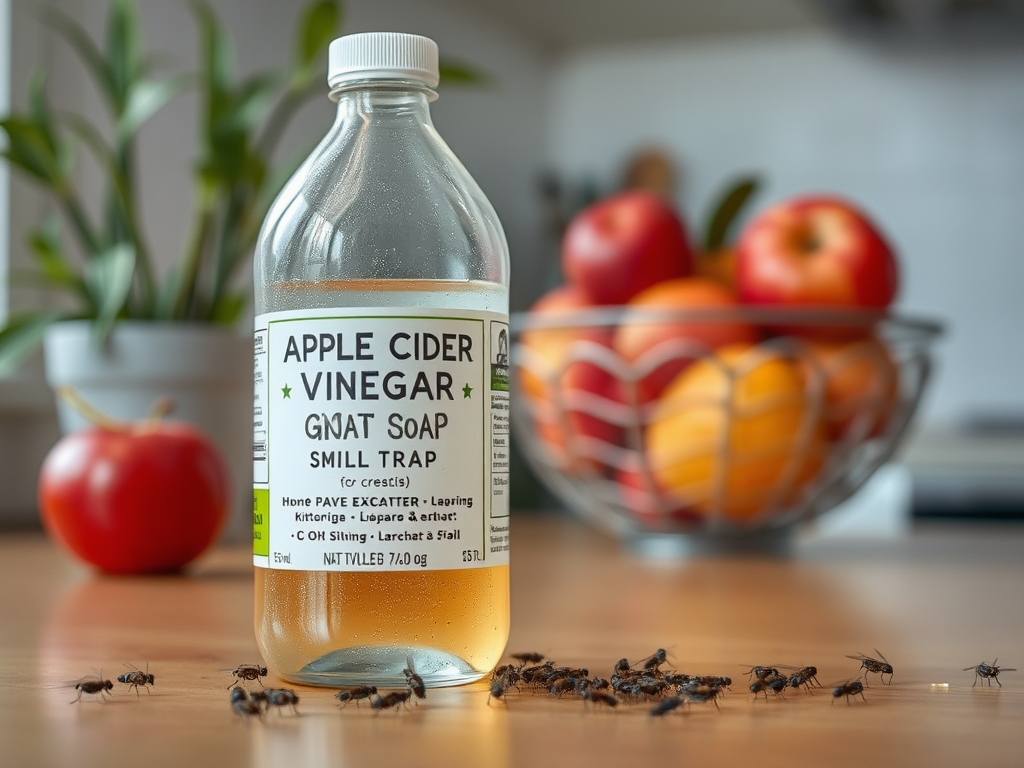Gnats are often an overlooked part of the insect world, yet they can wreak havoc in both indoor and outdoor spaces. Understanding the behavior of these tiny pests can transform the frustrating experience of dealing with them into an effective strategy for control. By diving into the science behind gnat behavior, you can unleash practical techniques that not only capture these nuisances but also help prevent their return. In this article, we will explore various aspects of gnat behavior, look at effective trapping methods, and provide preventive measures to create an inhospitable environment for these pests. With a little knowledge and the right approach, you can reclaim your space from these unwanted guests.
Understanding Gnat Behavior

Types of Gnats
Gnats come in several varieties, each with unique behaviors and habitats. The most common types include:
- Fungus Gnats: Often found in soil, they thrive in moist conditions and are commonly a problem for houseplants.
- Fruit Flies: Attracted to fermenting fruits, these pesky gnats can be found buzzing around kitchens.
- Black Flies: Frequently found around rivers and lakes, they are known for their biting behavior.
Identifying which type of gnat you are dealing with is crucial, as it directly impacts your approach to trapping and prevention. Each species has distinct preferences for breeding and feeding sites, which means that a one-size-fits-all solution will not be effective.
Life Cycle of Gnats
Understanding the life cycle of gnats is essential for effective control. Gnats typically go through four life stages: egg, larva, pupa, and adult. Females lay eggs in moist organic material, and these eggs hatch into larvae that feed on decaying matter. After several days, the larvae metamorphose into pupae, ultimately emerging as adult gnats.
This life cycle can be influenced by various factors, including temperature, moisture levels, and food availability. Warmer temperatures often accelerate their development, leading to rapid population growth. A comprehensive understanding of their life cycle allows you to target specific stages for more effective trapping and prevention.
Attractants and Repellents

To successfully capture gnats, you first need to understand what attracts them. Gnats are drawn to a variety of substances, including:
- Overripe fruits and vegetables
- Fungus and decaying plant material
- Moist organic soil
Knowing their preferences helps you create effective traps. Additionally, using natural or synthetic repellents can significantly deter their activity. While many people opt for chemical sprays, natural options like essential oils from citronella, eucalyptus, or peppermint can provide a safer alternative.
Environmental factors also play a significant role in gnat behavior. Factors such as humidity, temperature, and light can influence their activity levels. For instance, gnats thrive in warm, damp conditions, making kitchens, bathrooms, and indoor plants ideal breeding grounds.
Seasonal changes further affect gnat populations. In spring and summer, their numbers typically spike due to favorable conditions. Understanding these environmental triggers can help you devise strategies to minimize their presence.
| Gnat Type | Common Habitats | Feeding Preferences |
|---|---|---|
| Fungus Gnats | Houseplant soil, gardens | Organic matter, fungi |
| Fruit Flies | Kitchens, waste bins | Fermenting fruits |
| Black Flies | Near water sources | Humans and animals |
Effective Trapping Techniques
There are several trapping methods that can effectively reduce gnat populations. These methods range from DIY solutions to commercial products. A successful trap typically uses a combination of the right bait with proper placement. For example, traps using apple cider vinegar mixed with dish soap tend to attract and drown fungus gnats effectively.
DIY Gnat Traps
Creating your own gnat traps can be a fun and rewarding experience. Here’s a simple step-by-step guide to crafting an efficient DIY trap:
- Gather materials: You will need a jar, apple cider vinegar, dish soap, and plastic wrap.
- Fill the jar with about an inch of apple cider vinegar.
- Add a few drops of dish soap to reduce surface tension.
- Cover the jar with plastic wrap and poke small holes in it.
- Place the trap in areas where gnats are present.
The apple cider vinegar attracts the gnats, and the dish soap ensures they cannot escape once they enter the jar.
Commercial Gnat Control Products
If DIY traps are not your style, many commercial gnat control products are available. Some popular options include sticky traps and sprays. These products generally have a mix of pros and cons. For example, sticky traps are easy to use but may require frequent replacement, while sprays can provide immediate relief but may contain harsh chemicals.
Preventative Measures
Prevention is often the most effective strategy for dealing with gnats. By implementing a few simple changes, you can drastically reduce the likelihood of an infestation. Here are some easy preventative measures:
- Regularly dispose of overripe fruits and maintain clean surfaces.
- Water houseplants only when necessary and avoid overwatering.
- Seal any cracks or openings in your home to keep gnats out.
Additionally, maintaining a dry and clutter-free environment minimizes damp areas where gnats thrive.
Controlling gnats indoors differs significantly from outdoor strategies. For indoor locations, focus on sanitation and trapping methods. In outdoor areas, consider landscaping changes and natural predators like birds and bats to keep gnat populations in check. Both strategies require consistent monitoring and adjustments to remain effective.
Conclusion
Understanding gnat behavior isn’t just a matter of curiosity; it’s vital for effective management. By acknowledging the various species, their life cycles, and their environmental preferences, you can develop tailored trapping strategies and preventive measures. Whether employing DIY traps or using commercial products, maintaining cleanliness is crucial to a successful gnat control strategy. Ultimately, expert knowledge combined with practical measures will empower you to create environments that are inhospitable to gnats, safeguarding your home and your peace of mind.
Frequently Asked Questions
- What are the main types of gnats I should be aware of? Common types include fungus gnats, fruit flies, and black flies.
- How can I tell if I have a gnat infestation? Look for swarms near overripe fruit, damp soil, or waste bins.
- Are DIY traps as effective as commercial products? Yes, DIY traps can be very effective if made with the right bait and carefully placed.
- Why are gnats attracted to my home? Gnats are drawn to moisture, food residues, and decaying organic matter.
- What is the best way to prevent gnats from entering my home? Maintain cleanliness, seal food containers, and fix leaks to reduce attraction.


